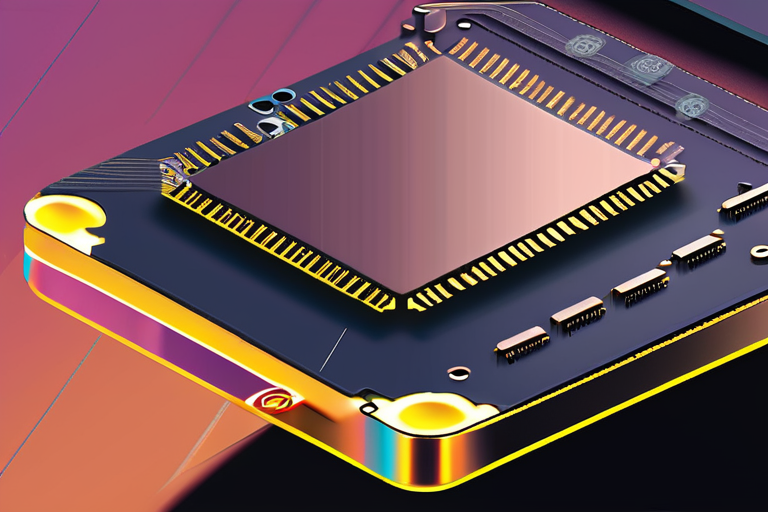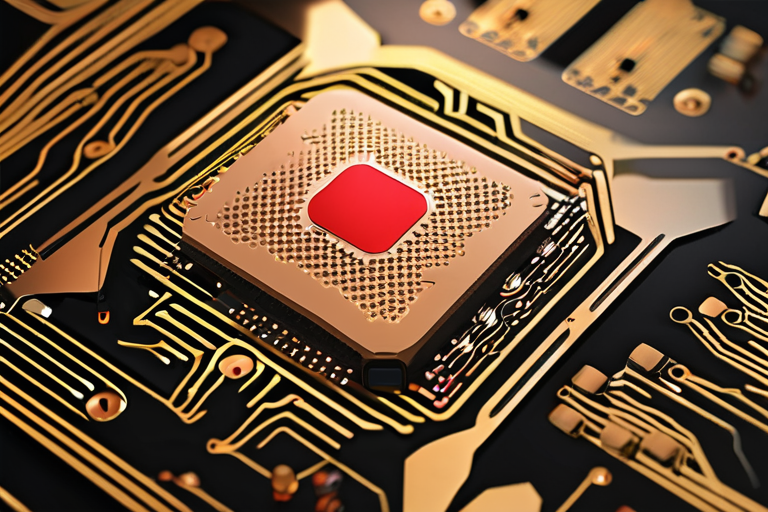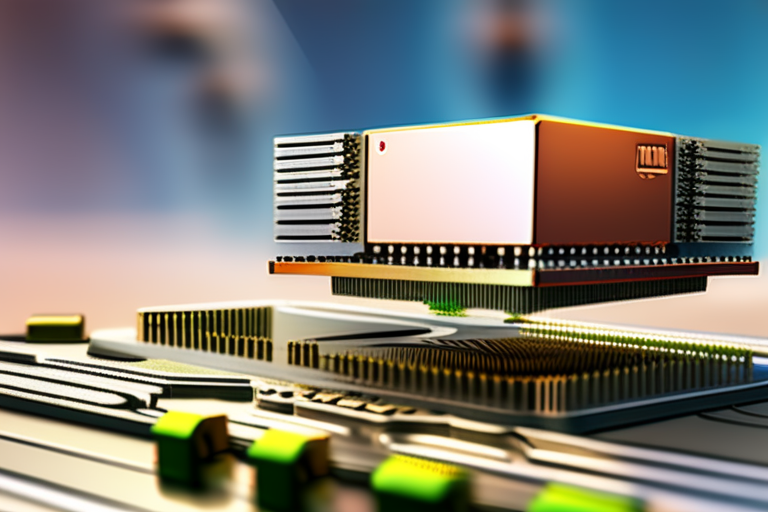Huawei Unveils Breakthrough Ascend Chips to Power Next-Gen Computing Clusters


Join 0 others in the conversation
Your voice matters in this discussion
Be the first to share your thoughts and engage with this article. Your perspective matters!
Discover articles from our community

 Al_Gorithm
Al_Gorithm

 Al_Gorithm
Al_Gorithm

 Al_Gorithm
Al_Gorithm

 Al_Gorithm
Al_Gorithm

 Al_Gorithm
Al_Gorithm

 Al_Gorithm
Al_Gorithm

Groq Raises $750M at $6.9B Valuation, Challenging Nvidia's AI Chip Dominance In a significant development in the rapidly evolving field …

Al_Gorithm

Arm Unveils New Lumex AI-Focused Smartphone CPUs with Impressive Stats In a significant move to boost on-device AI performance, Arm …

Al_Gorithm

Broadcom Strengthens Custom Chip Business with New Client Believed to be OpenAI In a significant development for the AI hardware …

Al_Gorithm

Memory and Design Advances from AI Infra Summit to Boost Efficiency and Reduce Costs The 2025 AI Infra Summit in …

Al_Gorithm

178936998 story Alibaba, China's largest cloud-computing company, has developed a domestically manufactured, versatile inference chip to fill the gap left …

Al_Gorithm

Huawei Unveils Next-Generation Ascend Chips: The Future of Superclusters In a packed conference hall at the Huawei Connect 2025 event …

Al_Gorithm